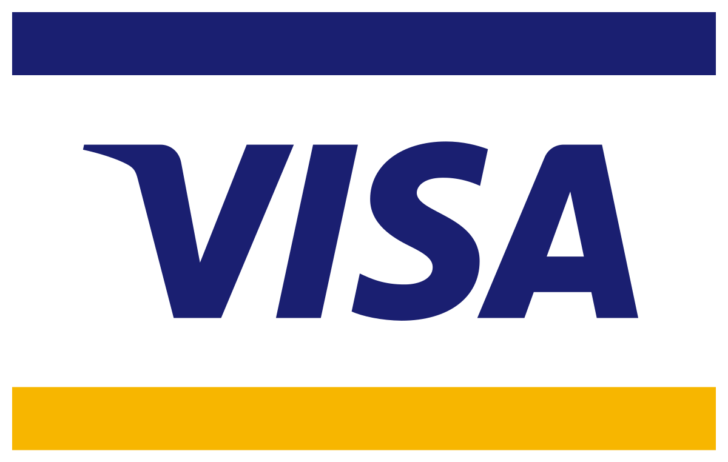Visa is starting to feel as left out as those of us who didn’t get invited to a Friendsgiving in the fast-changing world of payments.
Amazon announced this week that starting next year, it will no longer accept Visa-branded credit cards from UK consumers. This follows Amazon’s retaliation in Australia and Singapore, where it imposed a tiny tax on customers who paid using Visa credit cards. To top it off, Amazon also announced that it was considering moving its own co-branded card from Visa to Mastercard.
Why is Amazon acting in this manner? The corporation blamed Visa’s high processing fees, despite the fact that data reveals that Mastercard and Visa’s fees in the UK are nearly identical. According to the Financial Times, Visa CEO Al Kelly said, “I find it pretty weird that they’re stating they did this because of the high cost of acceptance of cards in the UK.”
Payments analysts believe Amazon’s decision to drop Visa is a negotiating strategy to get the business to decrease its processing fees. They also don’t expect it to have a significant impact on Visa’s bottom line.
However, it’s a concerning indicator for credit card companies.
Visa and Mastercard have been building “railways” for worldwide payments for decades, and they’ve been tremendously successful. At 65.6 percent and 53.3 percent, respectively, Visa and Mastercard are among the S&P 500 corporations with the greatest margins.
However, shopkeepers have never been satisfied with a system that requires them to pay a fee every time a credit card is swiped at the register. Last year, merchants paid $110 billion in credit card processing fees.
And, thanks to fintech advancements, there are now more options than ever before to avoid these credit card rails in favour of hyperloops. Purchase now and pay later Direct bank-to-bank transfers, as well as programmes like Affirm, are becoming increasingly popular.
In the end, the Visa–Mastercard duopoly faces a danger from the growth of digital payments and other payment methods.

